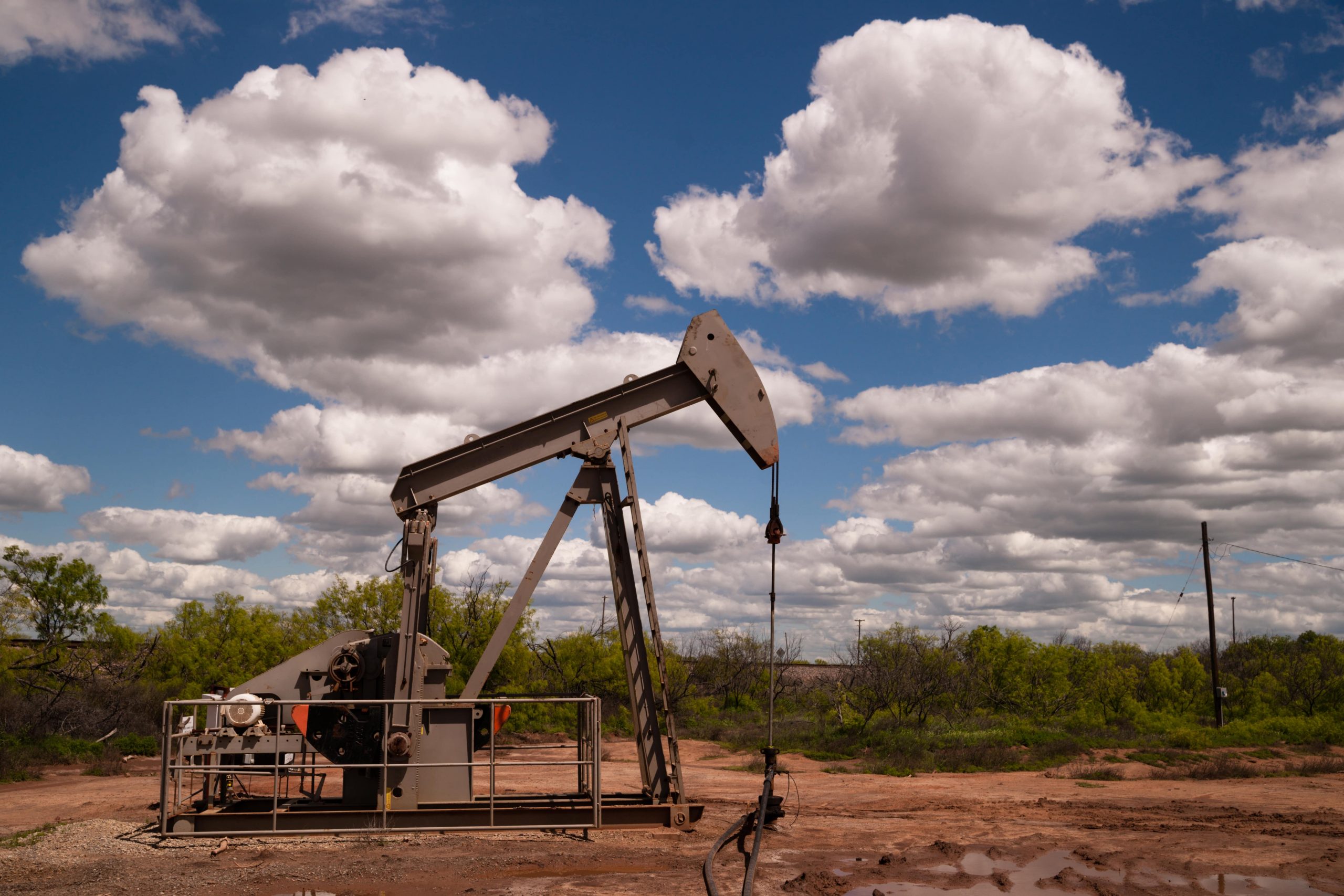Natural resources refer to land, air, water and other materials essential for human existence. If not utilized and cared for properly, they will soon be gone – this is known as sustainable resource use.
People and communities require resources for food, clothing, and shelter. Most of these resources are renewable – meaning they can be replenished over time. However, there are also nonrenewable materials such as fossil fuels which cannot be replenished once used up.
These resources are essential to our economy, yet they can also cause environmental damage if people misuse them improperly. Overhunting animals, clearing forests and depleting soil through poor farming practices are just a few examples of the harm these practices cause to the environment and wildlife while making it harder to grow healthy crops that can be sold on the market.
Individuals can help conserve resources. They can turn off lights, recycle paper and aluminum cans, and take public transportation when possible. Furthermore, they can plant trees to reduce pollution and provide habitats for birds, squirrels, and other small animals.
Additionally, some governments have passed laws requiring businesses to use clean technologies and recycle their waste. These initiatives aim to prevent pollution, keep the environment tidy, and safeguard local communities.
Governments often have policies that encourage farmers and ranchers to invest in conservation practices, as well as programs that train and support conservation workers.
These efforts, along with others, are essential for conserving our natural resources for future generations. Furthermore, they can contribute to building strong communities and economies.
The Stockholm Declaration recognized that the benefits of natural resource management should be shared among all stakeholders, including Indigenous Peoples and local communities. Doing so can strengthen community-based governance structures and decision-making processes while also promoting ecological sustainability, social justice, and equity.
Involving these communities and stakeholders in decision-making can encourage the creation of new, inclusive value systems that go beyond economic frameworks. Doing so increases people’s connection to nature, enhances their resilience, and ultimately increases their well-being and survival chances.
Finally, it’s up to us all to ensure we can continue providing essential services for our communities and the planet. We can conserve resources by turning off lights, fixing leaky faucets, recycling paper products like aluminum cans or glass bottles, and using fuel-saving devices like bikes or walkers instead of cars whenever possible.
We can help combat climate change by limiting our greenhouse gas emissions. This can be accomplished through less oil consumption, the use of energy-saving light bulbs, and switching to natural gas heating sources.
Stewardship of our natural resources is a cornerstone of American identity. We must safeguard our country’s resources, protect its lands, water, and air for future generations to enjoy.
Stewardship is the shared responsibility of each individual, business, and government. We can all take action to conserve resources by making small changes in our daily lives and inspiring others to do the same.

